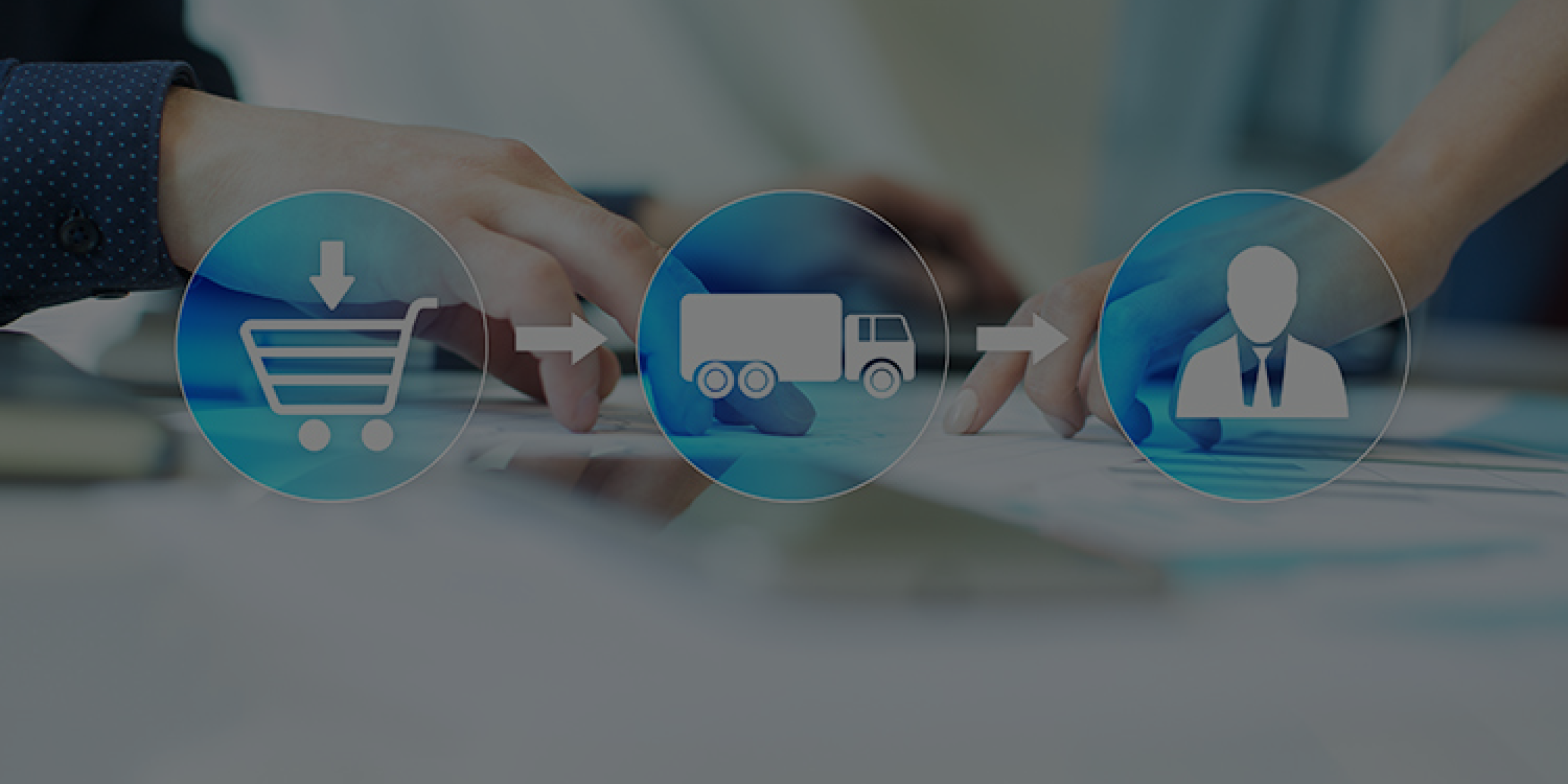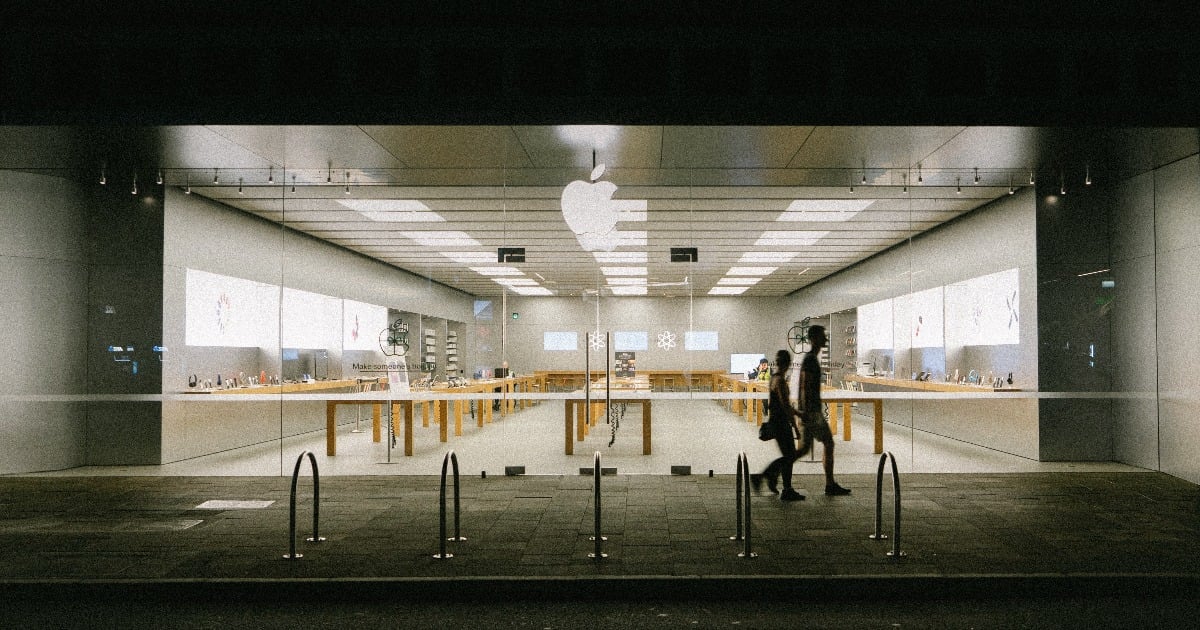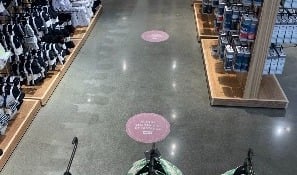Growing up in Louisville, Kentucky, Steven Kirn remembers each time he bought clothing from his favorite store, the clerk would write down everything he bought in a little black book kept by the register.
“Since they knew what I liked as well as my purchase history, one of the ladies would call me to let me know when a shirt came in that was in my typical style, or when they noticed I hadn’t purchased something in a few years and they were running a sale,” Kirn says. Kirn, now the executive director of Miller Center for Retailing Education and Research at University of Florida, says that brands should continue to strive to replicate this personal experience in the digital age.
And consumers are interested in this kind of tailored experience: According to an Accenture report, a majority of consumers are either excited or feel neutrally about receiving personalized recommendations and promotions when shopping in stores. And with the right data, new retail technologies—such as mobile and the internet of things—are poised to make personalization a reality. But while a survey published by PwC in January suggests retailers prioritize investment in big-data insights, just 33 percent of brands report using data consistently to personalize the customer experience.
By effectively gathering data and using it to serve the customer, as is the model of many loyalty programs, brands and retailers alike can replicate Kirn’s hometown experience—at scale. And creating genuine, personalized retail experiences for each consumer will drive in-store visits and sales.
Gather Individualized Data
McKinsey confirmed in 2016 using big data to its fullest potential can increase retail profitability (specifically operating margins) up to 60 percent—but getting to that point is no easy task. Many retailers and brands struggle to collect data in the first place, or the data they do have is stuck in siloes. Chris Petersen, CEO of Integrated Marketing Solutions, says that many stores overlook one of the best tools for tracking and sorting customer data: CRM (customer relationship management).
“Brick-and-mortar stores have historically used CRM to count what things they’ve sold, but have not been focused on a relationship after the sale,” Petersen says. Online, data-gathering can happen in the background, tracking customer paths around a site, or noting what goes in and out of a shopping cart. But brick-and-mortars can also take advantage of opportunities to collect data and store it all in their CRM—collecting consumer data at a point of sale, during a service call or while engaging with an associate.
Personalize Loyalty Programs
Loyalty programs date back to the late 1800s, with consumers accruing points in exchange for rewards. Today brands and retailers elevate loyalty programs to the next level by personalizing those rewards. Panera Bread’s MyPanera program is a great example of this sort of personalized loyalty in action. The company sends deals to customers based on their purchase history data, ensuring each promotion they send has a high value for individual customers—and a high likelihood of drawing them in-store. And the more consumers opt-in, the more valuable data brands and retailers have access to.
But in reality, only 11 percent of loyalty programs offer personalized rewards according to consulting firm Capgemini. This severely limits data-collection, and according to a study from Columbia Business School, consumers are actually more willing to share data in exchange for benefits, like the one grocery store Safeway offered during the release of its sparkling water, Refreshe:
“The store tracked who had purchased a different flavor of the drink through the loyalty app and then tracked when these customers were in the store using their Safeway Loyalty app,” Kirn explains. “When the customer approached the display for the new beverage, the electronic signage changed the price of the drink to $1 lower than what other customers saw.”
If offered personalized rewards like these, consumers are incentivized to spend. Makeup brand Sephora uses a tiered loyalty program that rewards consumers who spend more with access to exclusive products. Today’s loyalty programs need to go beyond the simple exchange of points-for-discounts and actually personalize rewards for consumers.
Realize the Potential of CRM Data
Most brands and retailers aren’t taking full advantage of their CRM. PointSource reports 44 percent of retailers offer loyalty apps, but Capgemini found only 11 percent of loyalty programs offer personalized rewards. What’s more, data collected in a CRM allows brands to create a more seamless omnichannel experience for consumers, integrating elements from both online and in stores. And implementing this level of personalization doesn’t need to be complicated. Walgreens’ Balance Rewards has 88 million active program members that receive personalized messages—primarily post-sale emails or point-of-sale printed coupons—containing information about their current reward status, or relevant brand and event news based on shopping history. Walgreens claims its Rewards members account for 70 percent of total sales.
And while customer loyalty programs are a method of collecting and utilizing customer data today, apps and other sources of data are quickly replacing them. Adoption of IoT devices is growing, according to Gartner research, and by 2020 over 26 billion devices will be connected. Gartner recommends identifying which “things” consumers are using to collect relevant data. But whether the data comes from Kirn’s little black book or a smartwatch, the bottom-line benefits of collecting, analyzing and applying data remains the same: Engaged consumers spend 90 percent more frequently and 60 percent more per transaction.


